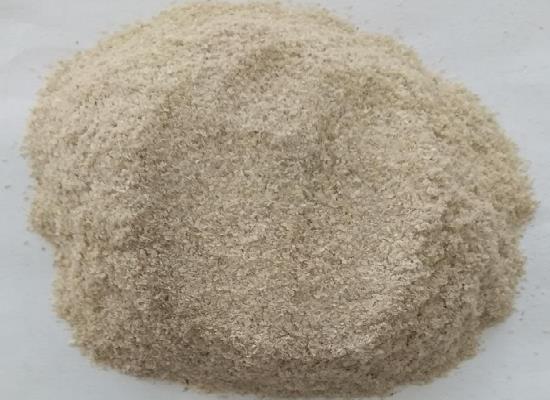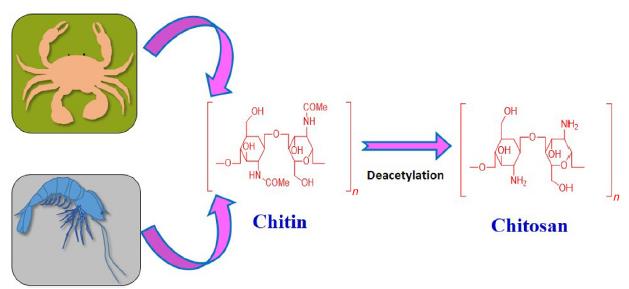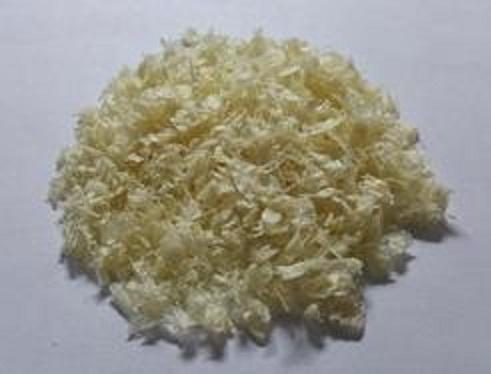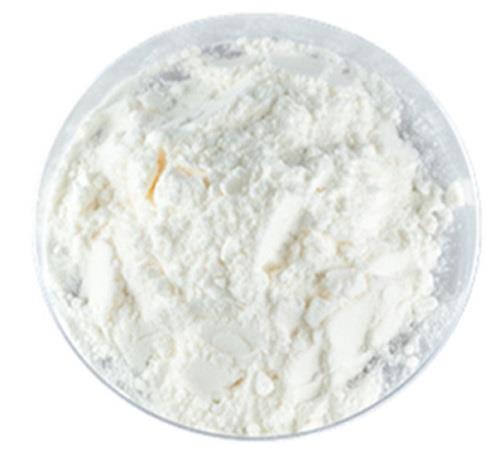The application of chitin?
Chitin is the second most abundant polysaccharide available in nature, after cellulose. Composed of N-acetyl-D-glucosamine and D-glucosamine units, this polymer can be obtained from different sources, such as animals (crustaceous, insects, and mollusks),microorganisms (yeasts and filamentous fungi), or algae. This crystalline polysaccharide, with three known polymorphisms (α-,β-, and γ- forms), hydrophobic and with a molecular weight of1-2 ×105 Da, is attracting increasing attention, due to its low toxicity, biocompatibility, biodegradability, and biological activity. However, due to its rigid structure, this biopolymer is insoluble in water and in most organic solvents. The most common solvents used for chitin solubilization are the solvent system dimethylacetamide (DMAc)/LiCl, solutions of LiOH or NaOH with or without urea,and more recently, ionic liquids.
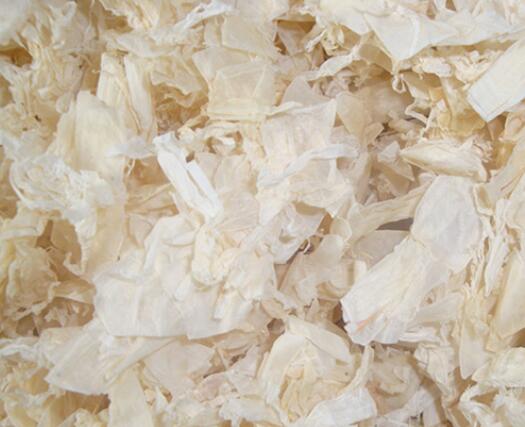
Application
Physical gels of chitin have been explored and it has been found that with the proper solvent, chitin can form physical gels through nonsolvent addition which may result in bead-shaped, fiber-shaped, or bulk gels. Hasan et al. have synthesized bead-shape chitin physical gelsgrafted with poly(4-vinylpyridine). Chitin was dissolved in a solution of DMAc/5%LiCl solution. Then it was grafted and purified. Purification removed any unreacted or unwanted elements. The purification process was done using ethanol and water.
The use of cosolvents can also help physical gel formation. The use of methanol, for instance, can help the N-acetylation process by keeping the dielectric constant lower and preventing O-acetylation . Another study showed the comparative analysis of ethanol and 1,2-propanediol as cosolvents. The gelation rate was faster when ethanol was used possibly because of the lower viscosity. However, after gelation, the gels showed no difference proving that cosolvent was added only to aid the process.
Chitin is generally insoluble in polar solvents. However, a study shows that it dissolves in solvents containing N,N-dimethyl acetamide 5% LiCl.Gelation of chitin can also be done thermally when dissolved in a solution of DMA and LiCl. Li et al. have prepared a water-soluble hydroxypropyl chitin in NaOH solution. The synthesized gel had varied gelation temperatures that can be modulated by changing the propylene oxide to chitin feed ratio. The material was biocompatible as well as biodegradable and the researchers suggested that it could have a potential to be used for biomedical purposes.
Chitin- and chitosan-based gels have versatile uses due to their biocompatibility, lower toxicity, large-scale availability, and biodegradability. The most common uses of gels of chitin and chitosan are in drug delivery, wound healing, tissue engineer.
You may like
Related articles And Qustion
Lastest Price from Chitin manufacturers

US $1.00-4.00/KG2025-09-12
- CAS:
- 1398-61-4
- Min. Order:
- 1KG
- Purity:
- 99%
- Supply Ability:
- 200000KG

US $0.00/KG2025-05-21
- CAS:
- 1398-61-4
- Min. Order:
- 1KG
- Purity:
- 99%
- Supply Ability:
- 20TONS

